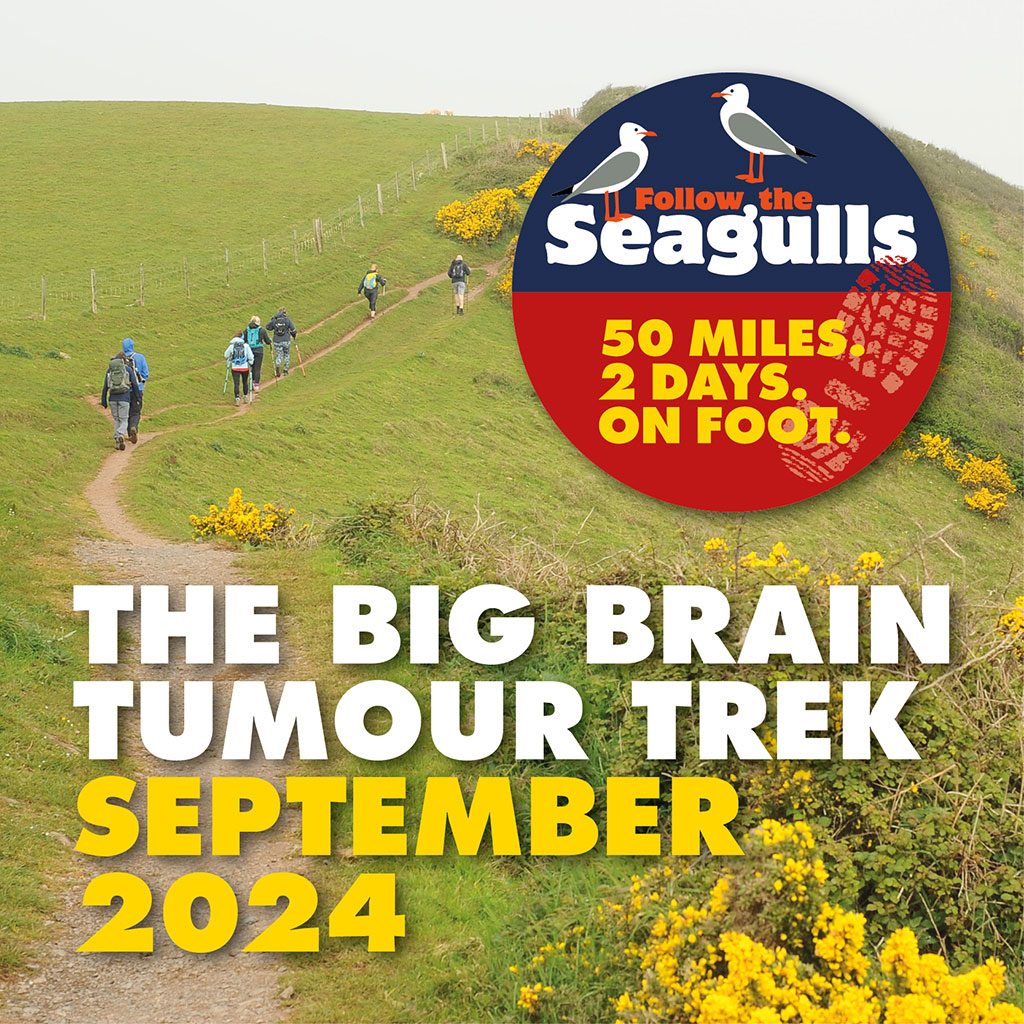We’re here to help you live life
with a brain tumour
with a brain tumour
About brainstrust
Brain tumour support
Get involved
We support people-first brain tumour research
Lucy’s
story
story
Five years ago I was diagnosed with a Glioblastoma Multiforme; a type of brain tumour that is uncommon among young people…
Opt-in or miss out!
Don’t miss out on the latest brain tumour support resources, news and updates, and be the first to hear about the ways that you can support our life-changing work.
Fundraising events
Patient and Carer Events
Brain tumour stories
6 incredible people whose lives have all been affected by a brain tumour discuss the every day challenges that diagnosis brings.










